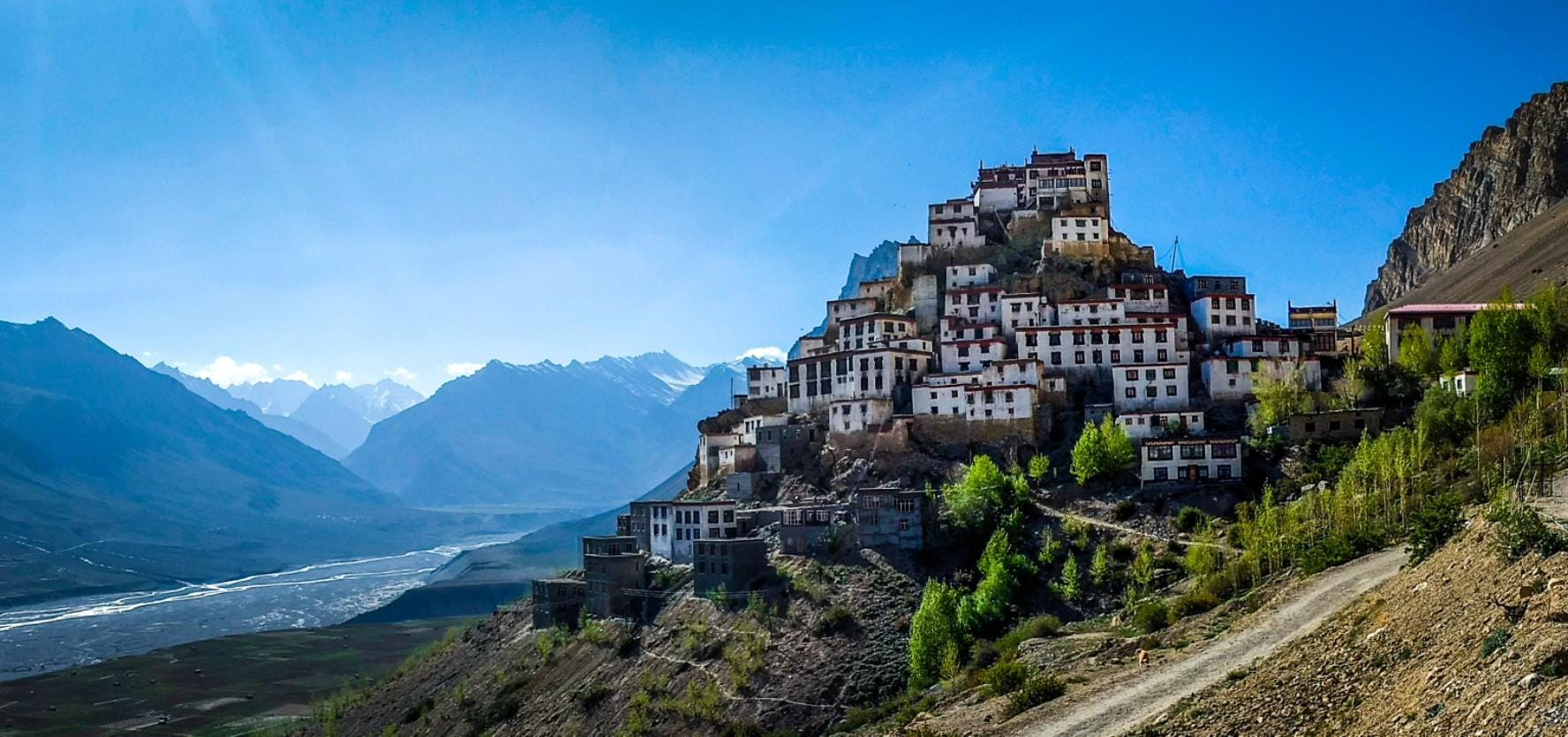Spiti Valley, a cold desert mountain valley high in the Himalayas, is a treasure trove of natural beauty and cultural richness. Located in the state of Himachal Pradesh, India, it is a place where time seems to slow down, allowing visitors to truly connect with the raw power and serenity of the mountains. From ancient monasteries clinging to cliff sides to vibrant villages nestled amidst stark landscapes, Spiti offers an unforgettable experience for adventurers and spiritual seekers alike. Prepare to be captivated by the breathtaking views and the unique charm of this high-altitude paradise.
Exploring the Majestic Landscapes of Spiti
Spiti’s landscape is characterized by its stark beauty, with rugged mountains, deep gorges, and barren plateaus. The valley is situated at an average altitude of over 12,000 feet, making it a challenging yet rewarding destination. The Spiti River, which flows through the valley, adds a touch of life to the arid terrain. Here are some of the must-see landscapes in Spiti:
- Key Monastery: A stunning monastery perched atop a hill, offering panoramic views of the valley.
- Chandratal Lake: A crescent-shaped lake known for its crystal-clear waters and breathtaking reflections.
- Pin Valley National Park: Home to rare and endangered species like the snow leopard and Siberian ibex.
- Dhankar Monastery: A precarious monastery clinging to a cliff, offering a glimpse into Spiti’s rich history.
A Glimpse into Spitian Culture
The culture of Spiti is deeply rooted in Tibetan Buddhism. The people of Spiti are known for their warm hospitality and their strong connection to their traditions. Visiting the monasteries and interacting with the locals offers a unique opportunity to learn about their way of life. Consider the following aspects of Spitian culture:
- Buddhism: The dominant religion, influencing art, architecture, and daily life.
- Festivals: Vibrant celebrations with traditional music, dance, and costumes.
- Handicrafts: Intricate woolen textiles, carpets, and thangkas (Buddhist paintings).
- Cuisine: Simple yet flavorful dishes like Thukpa (noodle soup) and momos (dumplings).
Key Monasteries of Spiti
Spiti is home to several ancient monasteries that serve as important centers of Buddhist learning and practice. These monasteries are not only architectural marvels but also repositories of religious and cultural heritage.
Tabo Monastery: Often called the “Ajanta of the Himalayas,” Tabo Monastery is one of the oldest continuously operating Buddhist monasteries in India. It houses exquisite murals and sculptures dating back over a thousand years.
Kye (Key) Monastery: Perched dramatically on a hilltop, Key Monastery is the largest monastery in Spiti Valley. It offers stunning views of the surrounding landscape and houses a vast collection of Buddhist texts and artifacts.
Planning Your Trip to Spiti Valley
Planning a trip to Spiti requires careful consideration, especially due to its high altitude and remote location. The best time to visit Spiti is during the summer months (May to October) when the roads are open and the weather is relatively mild. Here’s a table to help you plan:
| Aspect | Details |
|---|---|
| Best Time to Visit | May to October |
| Altitude | Average of 12,000 feet |
| Connectivity | Accessible by road from Shimla and Manali (seasonal) |
| Accommodation | Guesthouses, homestays, and basic hotels are available. |
| Permits | Inner Line Permit may be required for certain areas near the Tibetan border (check current regulations). |
FAQ: Frequently Asked Questions About Spiti Valley - What is the best time to visit Spiti Valley?
- The best time to visit Spiti Valley is from May to October when the roads are open and the weather is relatively pleasant. The winter months are extremely harsh, with heavy snowfall and road closures.
- How do I reach Spiti Valley?
- Spiti Valley is accessible by road from Shimla and Manali. The route from Shimla is generally considered safer and more reliable. The Manali route crosses high mountain passes and is subject to closures due to snowfall.
- What are the accommodation options in Spiti Valley?
- Accommodation options in Spiti Valley include guesthouses, homestays, and basic hotels. Luxury options are limited, but you can find comfortable and clean places to stay in most villages.
- Is it safe to travel to Spiti Valley?
- Spiti Valley is generally considered a safe place to travel. However, it is important to be aware of the high altitude and take necessary precautions to avoid altitude sickness. It is also advisable to check the road conditions and weather forecast before traveling.
- What should I pack for a trip to Spiti Valley?
- Pack warm clothing, including layers, as the weather in Spiti can be unpredictable. Sunscreen, sunglasses, and a hat are also essential. Comfortable walking shoes are a must, as you will be doing a lot of exploring. Carry a first-aid kit with necessary medications.
Spiti Valley is more than just a destination; it’s an experience that stays with you long after you leave. The stark beauty of the landscape, the warmth of the people, and the spiritual atmosphere combine to create a truly unforgettable journey. Whether you are an adventure seeker, a nature lover, or a spiritual aspirant, Spiti has something to offer everyone. The memories forged amidst its towering peaks and ancient monasteries will undoubtedly enrich your life. Embrace the challenges of the high altitude, immerse yourself in the local culture, and discover the magic of Spiti Valley. It is a place where you can reconnect with yourself and with the raw beauty of the natural world.

